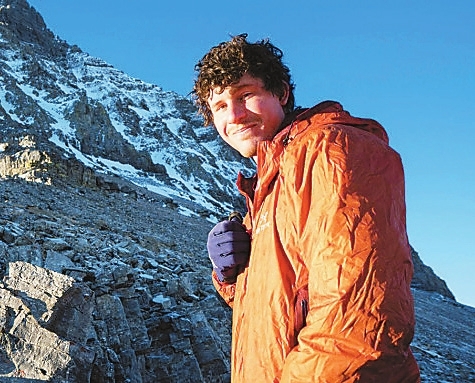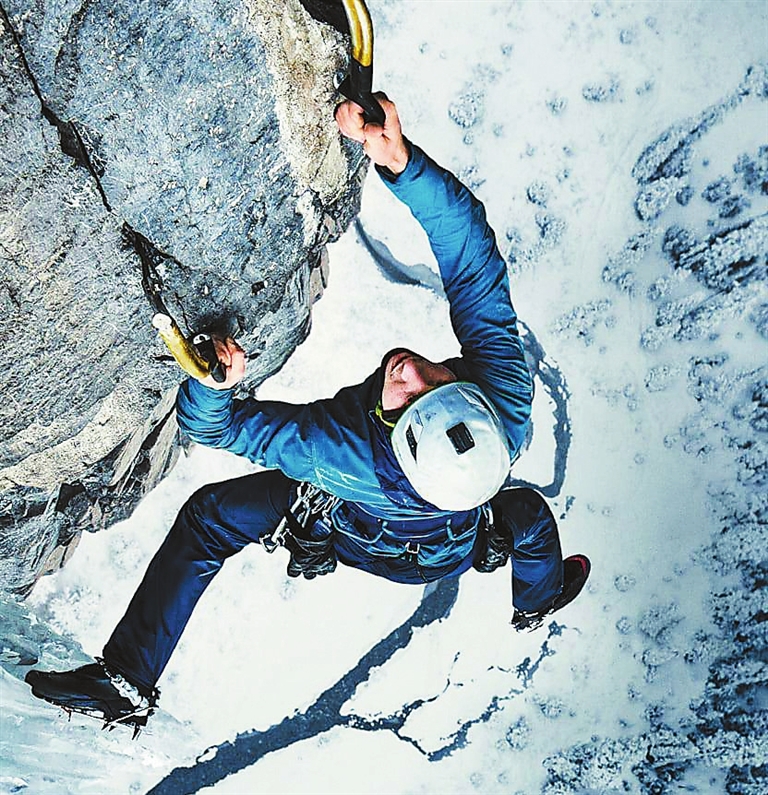

Elizabeth Chai Vasarhelyi and Jimmy Chin’s Oscar-winning “Free Solo” casts a long shadow over Peter Mortimer and Nick Rosen’s “The Alpinist.” “The Alpinist” began production years before “Free Solo” premiered, but it was still being edited in 2018 — and Alex Honnold, the subject of “Free Solo,” is a featured talking head. Few people are likely to watch “The Alpinist” without having seen “Free Solo,” which had an extremely lucrative theatrical run and a high-profile TV/streaming platform, thanks to National Geographic. Mortimer and Rosen’s documentary offers many of the same breathless theatrical thrills that made “Free Solo” such a big-screen sensation, and is similarly not recommended for those with a fear of heights. It is, in some ways, a more candid and probably more truthful look at top-tier climbing than “Free Solo.” “The Alpinist” — the title here refers to the subset of climbing built around particularly difficult and complicated ascents — focuses on 20-something Canadian climber Marc-André Leclerc. Based in British Columbia, Leclerc made his name within alpinist circles when he started setting records on established climbs and began taking unprecedented paths to other summits. One of those speed records broke a mark formerly held by Honnold, inspiring the “Free Solo” star to return to Canada to reclaim the mark. Honnold’s signature climbs, it should be noted, feel almost like child’s play compared to the multidisciplinary treks that Leclerc is attempting, which can require dramatic changes of footwear and equipment mid-climb, to respond to progressions from rock to snow to ice. Partially home-schooled by his mother after an ADHD diagnosis, Leclerc never sought fame. Before his biggest achievements, he was living in a stairwell and preferred to make his climbs truly solo, though occasionally with girlfriend Brette Harrington, an accomplished climber herself. Mortimer, who started recording Leclerc’s life at a point the documentary keeps intentionally unclear, faced production impediments caused by his hero’s tendency to head off on adventures without notifying the film crew. The centerpiece of “The Alpinist” is a winter climb in Patagonia, a trip that Leclerc allowed only one cinematographer to join him on. This film Leclerc agreed to participate in violates the purity of a journey that, for him, is a much more spiritual thing compared with Honnold’s traditionally athletic perspective. “Free Solo” was very much about Honnold’s process, his research and his physical approach, which made the things he was doing come across as reproducible, even if they aren’t. Leclerc has maps and a weather app, but most of his process remains mysterious. Leclerc’s lack of introspection puts a lot of pressure on the other talking heads. Fortunately, “The Alpinist” can always count on Harrington for amusing or poignant moments. The documentary is full of fellow alpinists and the hints that some of them have stories wild enough for multiple documentaries all their own. Like “Free Solo,” the cinematography is full of astonishing images, footage as prone to inducing nausea as jaw-dropping wonderment, and as with “Free Solo,” your greatest curiosity should be “How did they do that?” rather than trying to get out ahead of the story.(SD-Agencies) | 
